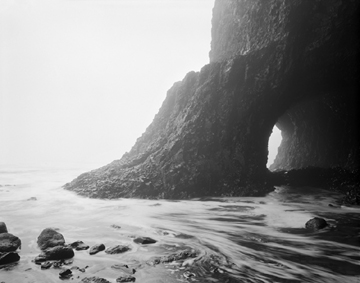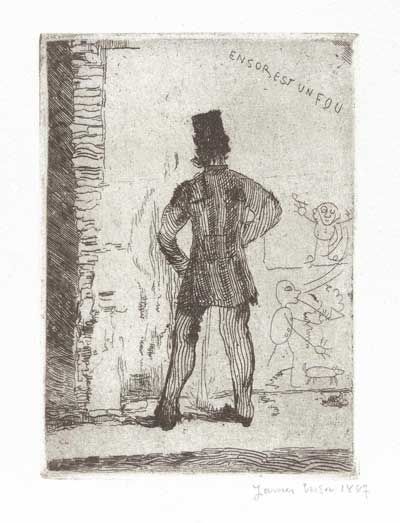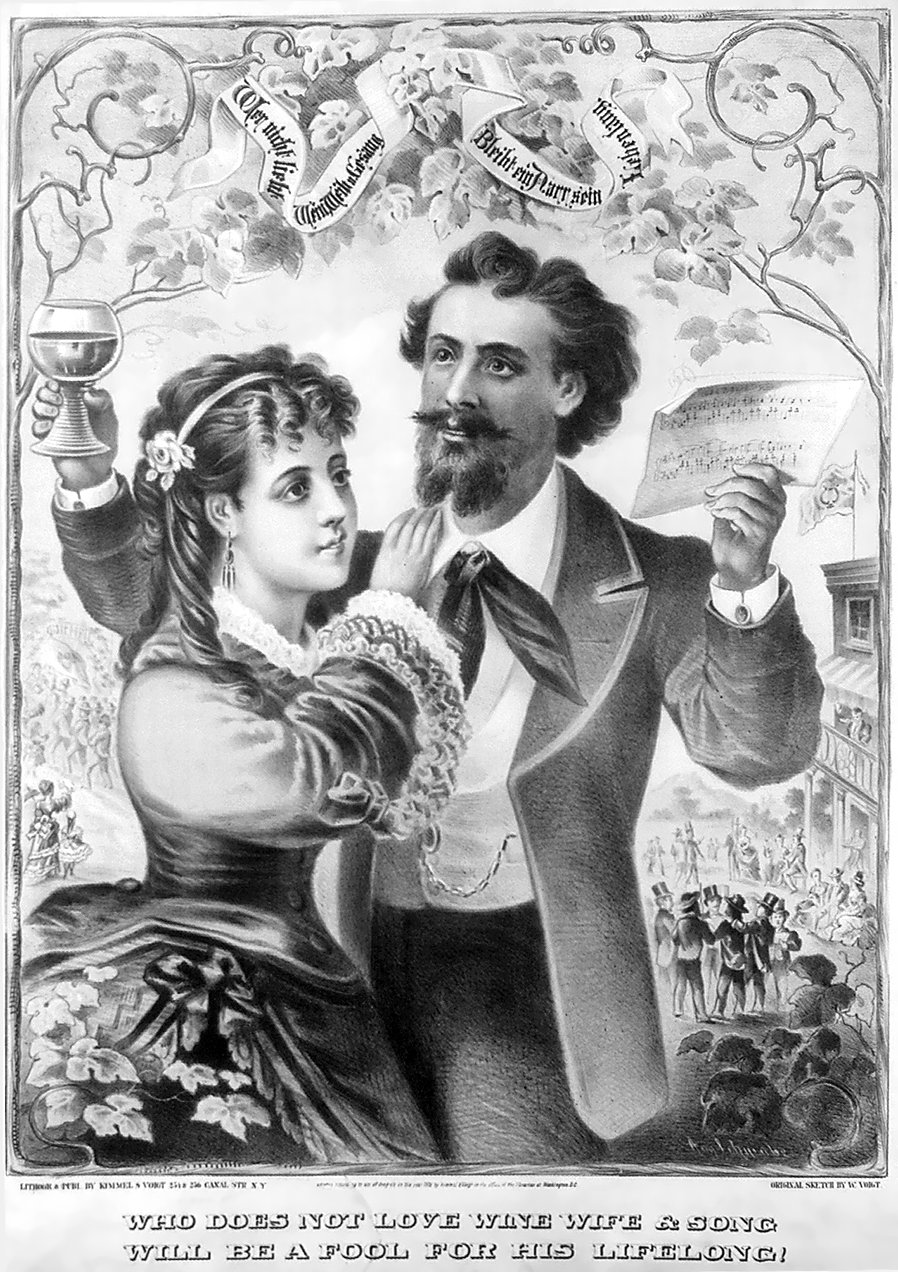 We’ll start with some links to various tributes to Terry Toedtemeier that we’ve found, and then turn to his photographs.
We’ll start with some links to various tributes to Terry Toedtemeier that we’ve found, and then turn to his photographs.
Photographer Craig Hickman has compiled a series of photographs of Terry during his younger days. They are amazing. And if you’ve just known Terry since the 1980s, I think they will change the way you think about him a little. Well, more than a little, though perhaps not essentially. Culture Shock has some memories and some links. The Portland Art Museum’s Facebook page is gathering remembrances — which are very moving. KINK-FM has posted a podcast of Terry talking about Wild Beauty, and here’s OPB’s Think Out Loud episode dedicated to the book.
I’ve known Terry since, I don’t know, maybe the early 1980s? We would meet because he had an exhibition of some sort in the works or maybe just because his path randomly crossed mine. We would talk about the business at hand or gossip or kvetch. What I liked about talking to him was that it felt a little conspiratorial, as though we were sharing secrets about matter of importance that, really, the rest of the world shouldn’t know about. His voice would lower, he would look at me over his glasses, and then attempt to WILL his love for some photograph onto me. It was very effective, because I started to enjoy the same old photographs from Oregon’s past, by Carleton Watkins and Lily White and Al Monner, that he did. Of course, I never lived them as he did, couldn’t place them so exactly in the history of photography, the history of the state, the history of the landscape, as he could. But still, my level of interest was enough encouragement for Terry. I teased him about how all his conversations eventually touched on … basalt.
 The Art Gym did a show of Terry’s photographs in 1995 called Basalt Exposures. As I recall, it wasn’t ALL basalt, though that’s what I remember most, the lesson in Oregon basalts — 15 million years ago a magma chamber in Northeast Oregon burst and leaked a LOT of basalt, a flood of basalt, into Eastern Oregon and Washington, producing the cliffs and columns we see today, especially along the Columbia River. (Actually, it wasn’t one eruption, more like a couple of million years of eruptions, and when I say a lot of basalt, I mean enough to cover 62,000 square miles to a depth of up to 3 miles, in the Columbia River flow alone.)
The Art Gym did a show of Terry’s photographs in 1995 called Basalt Exposures. As I recall, it wasn’t ALL basalt, though that’s what I remember most, the lesson in Oregon basalts — 15 million years ago a magma chamber in Northeast Oregon burst and leaked a LOT of basalt, a flood of basalt, into Eastern Oregon and Washington, producing the cliffs and columns we see today, especially along the Columbia River. (Actually, it wasn’t one eruption, more like a couple of million years of eruptions, and when I say a lot of basalt, I mean enough to cover 62,000 square miles to a depth of up to 3 miles, in the Columbia River flow alone.)
At the time, I don’t think I got it, didn’t understand Terry’s purposes, even if I found those basalts beautiful in an “abstract” sort of way. But come on, if you’ve seen one basalt cliff… I was wrong, of course. Terry was making me stop and consider — time. Long stretches of time. Time without people in it, when all time meant was the collision of natural forces, a burst magma chamber here, a volcanic eruption there, steady erosion everywhere. How can we relate to that time, to those natural forces, and not feel completely alienated by them?
“As the nature of human life and our knowledge of ourselves and our universe gain bewildering levels of complexity, the quest for unity becomes increasingly important. Without it, things have no meaning, no place in a “larger scheme of things.†The pervasive existence of beauty is a quality that I value greatly. I’ve become attracted to depicting specific geologies as a way to express beauty inherent in the world through time.”
 I found this quote by Terry on a Flintridge Foundation PDF file. Was it from that 1995 show? I think maybe so, though perhaps Terri Hopkins at the Art Gym might be able to confirm or deny. “Pervasive existence of beauty.” Frankly, I love the boldness of that assertion: How can we be alienated from something so beautiful? How can we fail to honor it and take care of it? When I look at the young man in Craig Hickman’s photos, I think maybe this is what he was trying to say, preparing to spend his life trying to say, understanding that any such talk was going to seem … naive… when in reality it was had nothing to do with naivete and everything to do with thinking deeply about things. And maybe hoping.
I found this quote by Terry on a Flintridge Foundation PDF file. Was it from that 1995 show? I think maybe so, though perhaps Terri Hopkins at the Art Gym might be able to confirm or deny. “Pervasive existence of beauty.” Frankly, I love the boldness of that assertion: How can we be alienated from something so beautiful? How can we fail to honor it and take care of it? When I look at the young man in Craig Hickman’s photos, I think maybe this is what he was trying to say, preparing to spend his life trying to say, understanding that any such talk was going to seem … naive… when in reality it was had nothing to do with naivete and everything to do with thinking deeply about things. And maybe hoping.
One basalt isn’t like another. Thanks for teaching me that, Terry. One photograph of the Gorge isn’t like another. That, too.
And maybe something more. Terry spent much of his life attempting to show us that the landscape around us contained enough. Enough. And more than that: The people around us (some of them, anyway) are enough. Enough to occupy us for geological periods of time. Which, I am sad to say, is more than enough.













